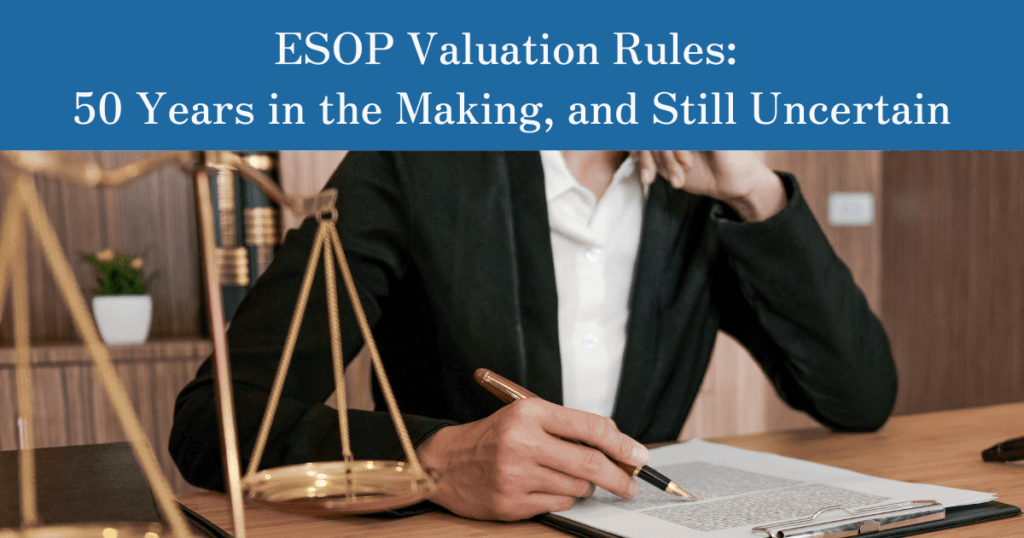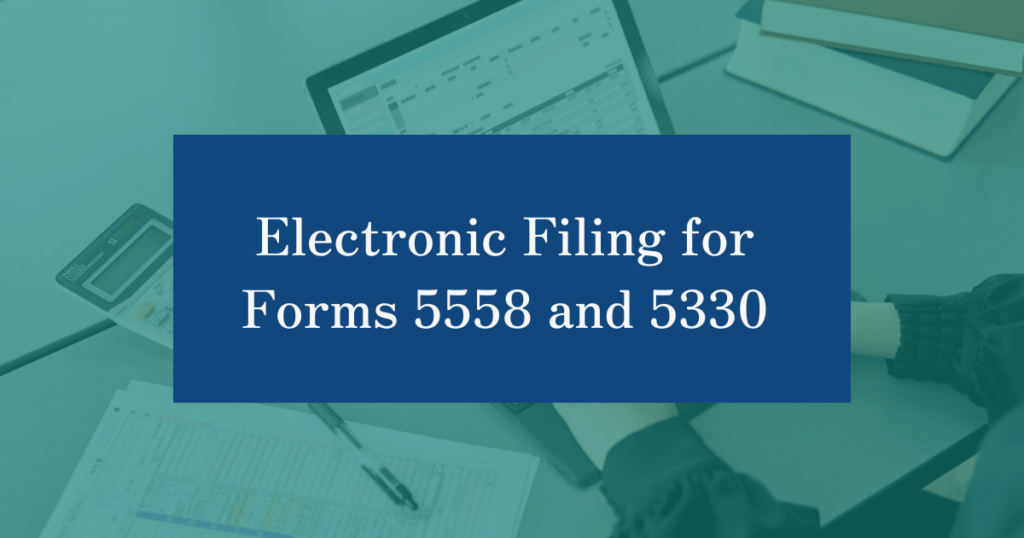The Long Road to ESOP Valuation Rules
At the core of every ESOP transaction and ongoing ESOP administration is the question of share valuation. The Department of Labor (DOL) issued proposed regulations in 1988 that, while never finalized or withdrawn, emphasized the importance of determining fair market value through independent appraisals and a prudent fiduciary process.
Lessons from the GreatBanc Settlement
In 2014, the DOL reached a settlement with GreatBanc Trust Company following extended litigation. While the settlement does not carry the force of law or formal regulation, it was widely reviewed within the ESOP community. Many Trustees have since referred to the settlement as informal guidance, viewing it as a roadmap for fulfilling fiduciary duties—particularly in the context of ESOP transactions and valuations—by demonstrating a prudent process for establishing fair market value.
SECURE 2.0 and the Push for Clarity
The enactment of the Setting Every Community Up for Retirement Enhancement (SECURE) 2.0 Act added momentum to the need for formal valuation guidance. Among its many provisions was a directive to the DOL to establish acceptable standards for determining the fair market value of shares acquired by ESOPs.
With these standards set to take effect for plan years beginning after December 31, 2027, the Employee Benefits Security Administration (EBSA) began drafting proposed regulations. On January 16, 2025, two proposals were released for public inspection: one addressing the definition of “adequate consideration,” and the other outlining a safe harbor class exemption for initial ESOP stock purchases. Reception from the ESOP community was measured—neither overly critical nor enthusiastic—but the proposals do represent a meaningful starting point for further discussion during the public comment period.
Proposed Rules and Political Uncertainty
The release of these proposals comes nearly 50 years after the passage of ERISA in 1974. From the DOL’s initial regulatory attempt in 1988 to the mandate in SECURE 2.0, progress has been incremental—until now. However, just four days after the proposed rules were released for inspection, the Trump administration issued an executive order placing a hold on all pending regulations. The order requires all executive departments and agencies to withdraw any rules sent to the Office of the Federal Register (OFR) but not yet published.
Since the ESOP rules had only been released for public inspection and not formally published, they fall under this directive. As a result, the proposals could now be withdrawn, revised, or resubmitted, but they cannot move forward without review and approval by a department or agency head appointed by the President.
What’s Next?
At this point, the path forward remains uncertain. While political forecasting may be a favored pastime for some, it’s not one we’re eager to engage in. What we can say is this: after decades of waiting, twists like these prove once again that in the ESOP world—sometimes, you just can’t make this up.



